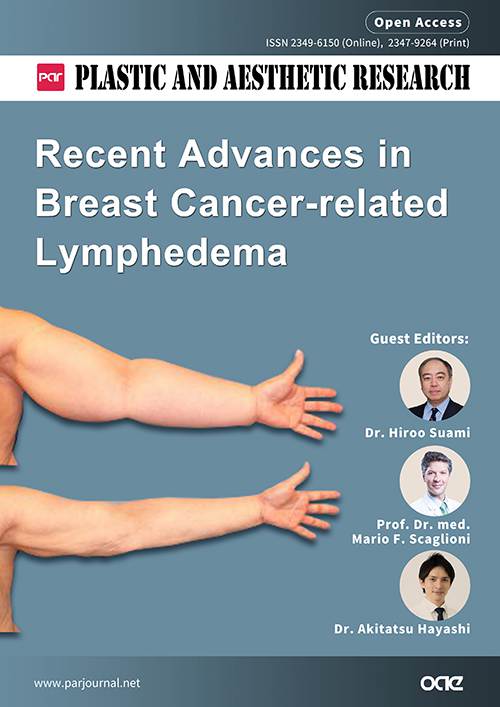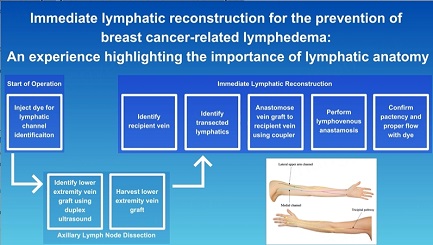
Topic: Recent Advances in Breast Cancer-related Lymphedema
A Special Issue of Plastic and Aesthetic Research
ISSN 2349-6150 (Online) 2347-9264 (Print)
Submission deadline: 31 Aug 2022
Guest Editor(s)
Department of Health Sciences, Faculty of Medicine, Health and Human Sciences, Macquarie University, Sydney, Australia.
Department of Plastic Reconstructive and Hand Surgery, Cantonal Hospital Lucerne, Lucerne, Switzerland.
Department of Health Sciences and Medicine, University of Lucerne, Lucerne, Switzerland.
Special Issue Introduction
Keywords
Lymphedema, breast cancer-related lymphedema, upper extremity For Author Instructions, please refer to https://www.oaepublish.com/par/author_instructionsSubmission Deadline
Submission Information
For Online Submission, please login at https://oaemesas.com/login?JournalId=par?IssueId=PAR220225
Submission Deadline: 31 Aug 2022
Contacts: Smart Zhang, Managing Editor, Smart@parjournal.net
Published Articles






